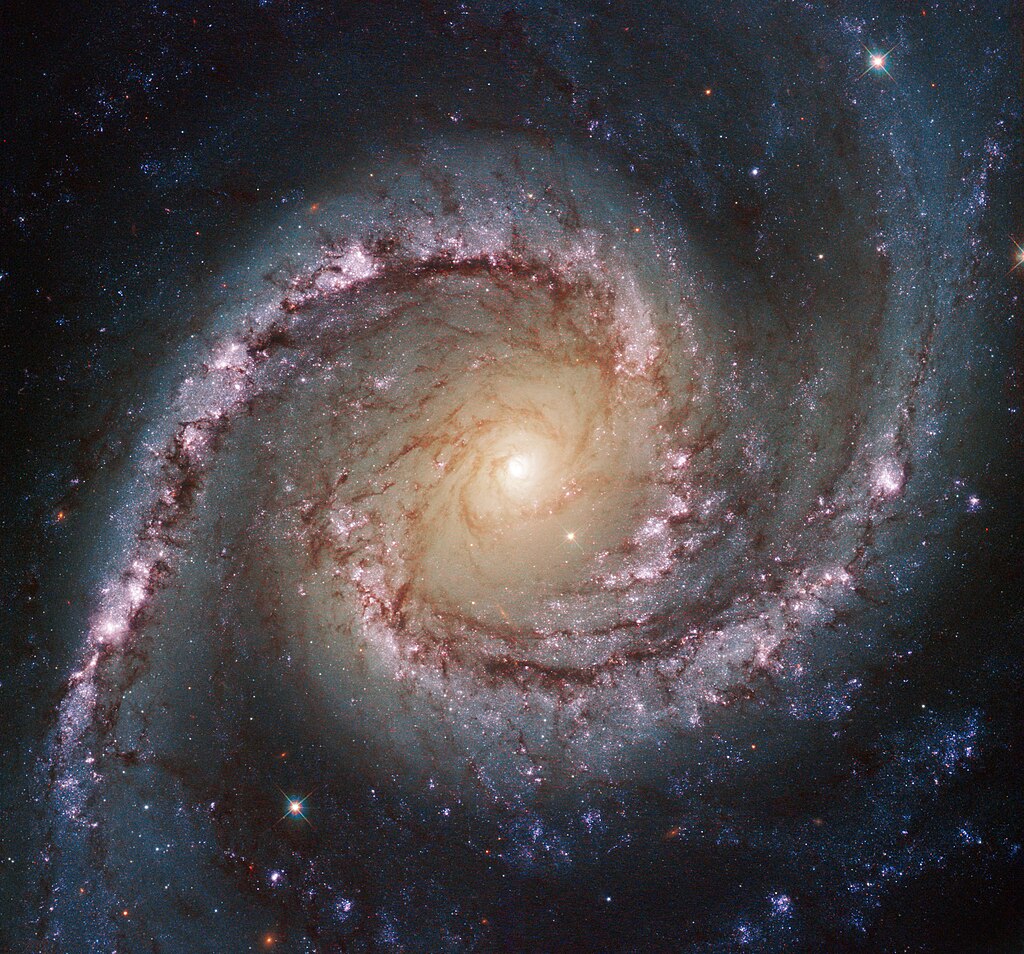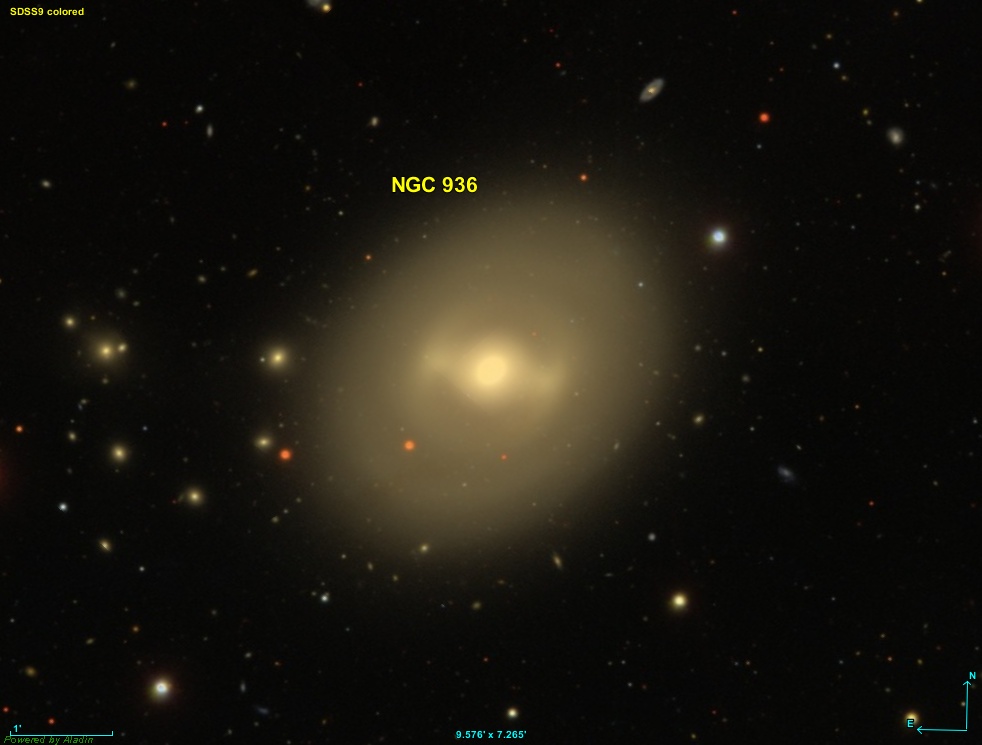VictorBorun wrote: ↑Thu Jun 23, 2022 10:53 am
I wonder if we do know if Milky Way is smaller than NGC 6744 of this APOD.
Sun is in the disk, right? So we have to look at any Milky Way's outskirts through our dusty neighbourhood in the disk.
Some hot things shine through the dust, in radio and X-rays. I mean all the SN remnants and of course Sgr A*.
We know some things are just 3000 ly away because we can see stars' parallaxes.
We can model the 27000 ly to Sgr A* with stars' Doppler radial velocities.
But can we really see the far outskirts of Milky Way? And can we tell if the things are 10 000 or 50 000 ly away?
What if there are NGC 6744-like parts we are blind to? What if there are NGC 6744-like parts we take for closer things?
When I read about a galaxy, I look for information on how big the galaxy is compared to the Milky Way. My impression is that most galaxies are smaller than the Milky Way. Or, to put it differently, their diameters are smaller than 100,000 light-years.
My point is that if the diameter of the optical disk of NGC 6744 is really 175,000 light-years, then it is really big as galaxies go. Or, to put it differently, it is NGC 6744 that is remarkable, not the Milky Way. (Even though the Milky Way is "kind of big" too, since most galaxies appear to be smaller than our celestial star city. At least most spiral galaxies appear to be smaller than the Milky Way.)
How do astronomers know the distance to NGC 6744?
Miranda Yew et al. wrote:
Tully et al. (2013) estimated a distance to NGC 6744 to be 9.2 ± 0.4 Mpc, using the ‘tip of the red giant branch’ (TRGB) method (see Lee et al. 1993).
Red giant stars in NGC 4214. Image: NASA, ESA and the Hubble Heritage Team.
The tip of the red giant branch (or the tip of the asymtotic giant branch?) is the brightest, reddest and final stage of stars similar to the Sun, before they shut down fusion, shed their outer layers and turn into white dwarfs. Look at the diagram by Lithopsian at left to see the evolutionary track of a star like the Sun. The tip of the asymtotic giant branch is at top right in the diagram, and the top of the red giant branch is a little below it.
Now take a look at dwarf galaxy NGC 4214. You can see a big bright blue cluster. Intermingled with the brilliant blue stars are bright red stars, which are red supergiants like Antares and Betelgeuse. Yes, but look at the profusion of red stars at lower right and upper left in the picture. These red stars are far away from the really bright blue stars, and they are unlikely to be supergiant stars themselves. Instead, they are bright red giants, similar to, I think, Arcturus and Aldebaran. If astronomers can see a sufficient number of them in another galaxy clearly enough to estimate their brightness, they can also figure out the true distance to that other galaxy, since the true brightness of stars at the tip os the red giant branch is known.
Okay, so... I'm not absolutely sure about whether astronomers look for stars at the tip of the red giant branch, or stars at the top of the asymtotic giant branch. I'm also not sure if astronomers are looking for bright K-type stars like Arcturus or Aldebaran of if they are looking for M-type giants like Gamma Crucis or Beta Pegasi. But in any case, we are talking about a class of stars whose average maximum brightness is reasonably well understood, and these stars can be used as standard candles.
And if astronomers can figure out the true distance to a galaxy, they can also figure out the overall luminosity and the size of that galaxy.
Ann
 Spiral Galaxy NGC 6744
Spiral Galaxy NGC 6744






